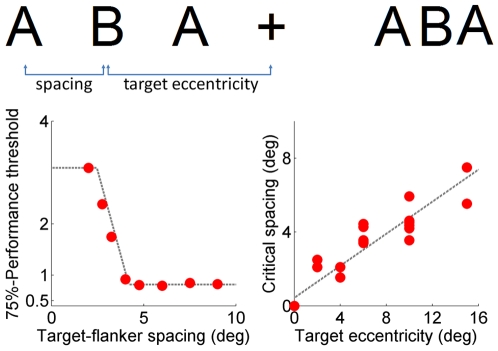Figure 1. An example demonstrating the crowding phenomenon.
Top: The two B's are at equal distance from the fixation cross. On the left, where the center-to-center spacing between the letters is approximately one half of the eccentricity of the central letter, the “B” can easily be recognized when fixating the cross. Letter spacing on the right is much smaller, and the “B” appears to be jumbled with its neighbors. Bottom, left: Human data from a typical crowding experiment. Crowding diminishes as target-flanker spacing is increased, up to a certain critical spacing after which flankers have no effect. Bottom, right: Findings from psychophysical studies show that critical spacing is a linear function of target eccentricity. Data from [12].

